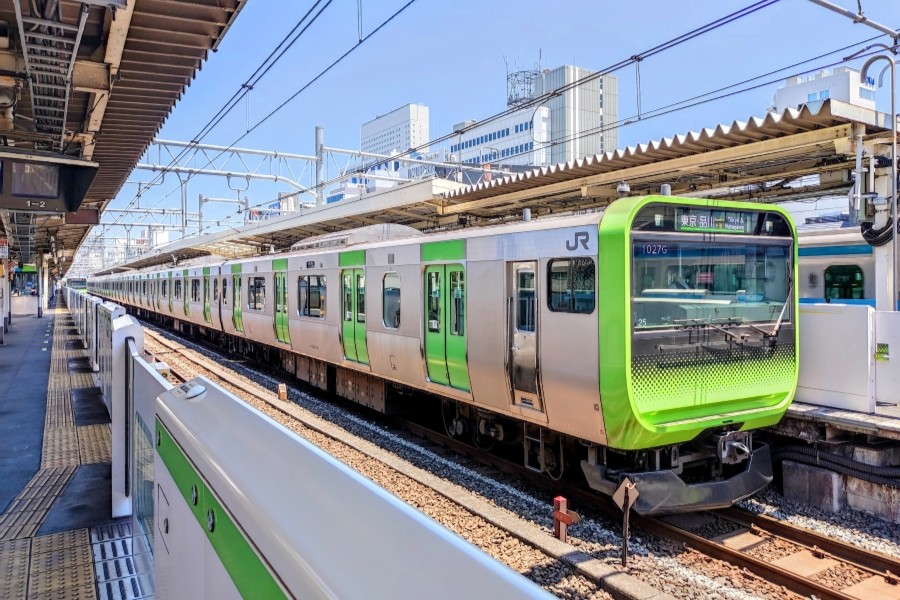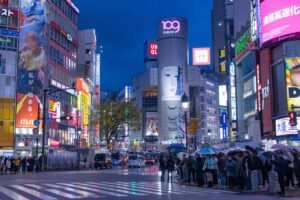A Traveler’s Guide to Exploring Tokyo by Train

Tokyo is one of the world’s most exciting cities, and the best way to explore it is by train. With its extensive network of JR lines and Tokyo Metro, you can easily reach every corner of the city—from historic temples to futuristic skyscrapers. For first-time visitors, the train system may seem overwhelming, but with a few tips, navigating Tokyo can be both simple and fun.
1. Understanding the Two Main Systems
Tokyo’s rail network is divided into different operators, but the most important for travelers are:
- JR East (Japan Railways): This includes the famous Yamanote Line, a green-colored loop line that circles central Tokyo and connects major districts like Shibuya, Shinjuku, Ikebukuro, Ueno, and Tokyo Station.
- Tokyo Metro & Toei Subway: Together, these subway lines cover areas not served by JR, offering access to countless neighborhoods, restaurants, and cultural sites.
Tip: Look for the color-coded line maps and station numbers to make transfers easier.
2. Essential Travel Cards
Instead of buying a ticket for each trip, use a rechargeable IC card such as:
- Suica (JR East)
- Pasmo (Tokyo Metro)
Both work across JR, Metro, and even buses, convenience stores, and vending machines. Just tap in and out—no need to calculate fares.
👉 Mobile versions are also available.
- Mobile Suica and Mobile Pasmo can be added to your smartphone (Apple Wallet for iPhone or Google Wallet for Android).
- Foreign tourists can register without a Japanese bank account. Most international credit cards (Visa, Mastercard, American Express, JCB) are accepted for charging.
- You can set it up before arriving in Japan if your phone supports it, or install it after landing at the airport using Wi-Fi.
- Recharging is done directly in the app, so you don’t need to find a ticket machine.
- If your phone runs out of battery, you’ll need a physical card as backup—so some travelers prefer to carry both.
3. How to Read the Stations
Tokyo’s stations are large, but signs are in English, Japanese, Korean, and Chinese, so international travelers won’t get lost. Each subway station has a letter + number code (e.g., G09 for Ginza Station on the Ginza Line), which makes it easy to identify.
Pro tip: Download a train navigation app such as Google Maps or Japan Transit Planner—they show you the best route and train schedules in real time.
4. Rush Hour and Timing
- Avoid peak hours (7:30–9:30 AM and 5:00–7:00 PM), especially on weekdays. Trains can be extremely crowded.
- If possible, travel during late mornings or early afternoons for a more comfortable experience.
5. Key Lines for Sightseeing
- Yamanote Line (JR): Best for first-time visitors, since it loops around major attractions.
- Chuo Line (JR): Direct to Nakano, Kichijoji, and Mitaka (home of the Ghibli Museum).
- Ginza Line (Tokyo Metro): Perfect for sightseeing spots like Asakusa, Ueno, and Shibuya.
- Hibiya Line (Tokyo Metro): Convenient for Roppongi and Tsukiji.
6. Train Etiquette in Japan
- Line up neatly when boarding.
- Keep your phone on silent and avoid talking loudly.
- Offer priority seats to the elderly, disabled, and pregnant passengers.
- Eating and drinking on regular trains is uncommon (except on long-distance trains like the Shinkansen).
7. Day Passes and Discounts
If you plan to travel a lot in one day:
- Tokyo Metro 24-Hour Ticket (unlimited subway rides).
- JR Tokyo Metropolitan District Pass (Tokunai Pass) for unlimited JR rides within central Tokyo.
These can save you money if you’re hopping between many attractions.
Final Tip: Don’t Be Intimidated
Tokyo’s train system may look complicated at first, but once you ride it a few times, it becomes surprisingly easy. With efficient service, clean trains, and helpful station staff, traveling by rail is part of the Tokyo experience itself.


